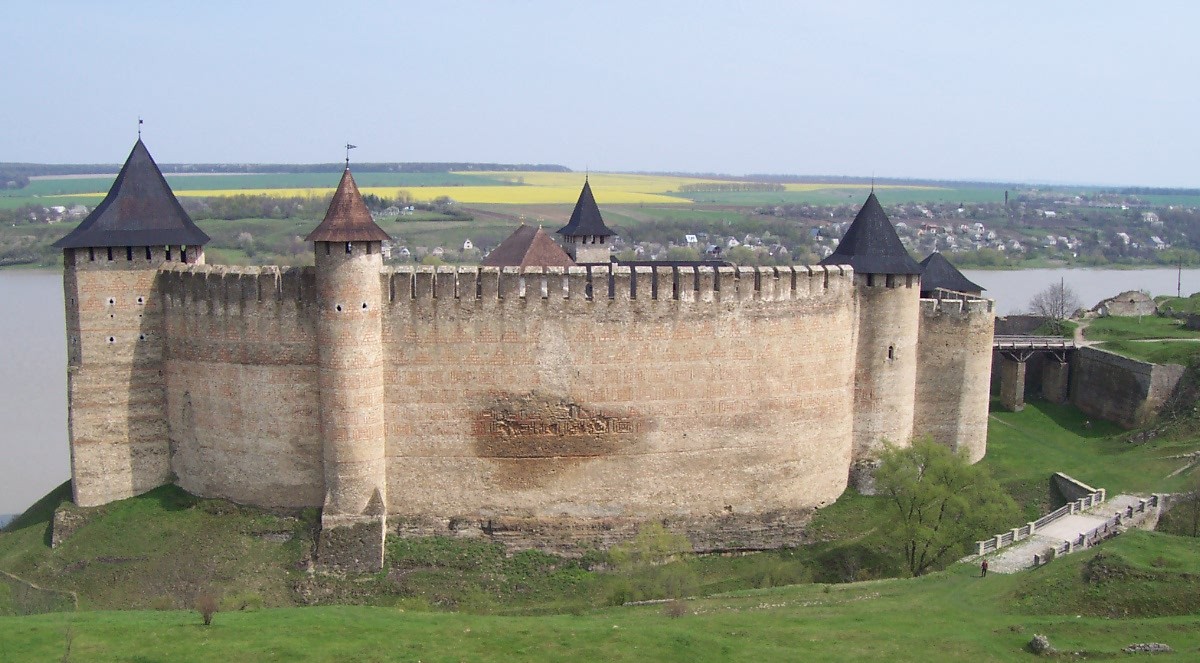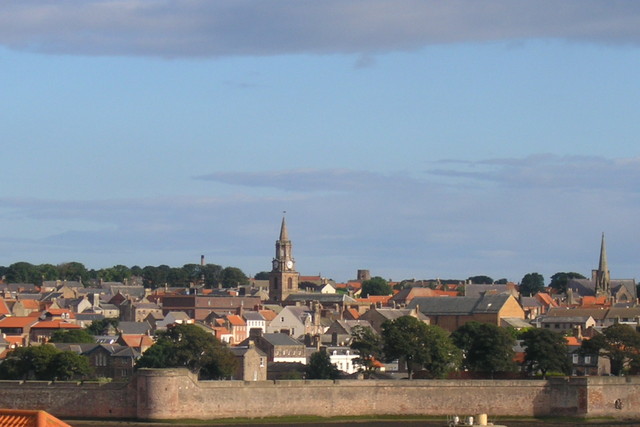|
Entrenchment (fortification)
In fortification, the term entrenchment (, ) can refer to either a secondary line of defence within a larger fortification (better known as a ''retrenchment''), or an enceinte designed to provide cover for infantry, having a layout similar to a city wall but on a smaller scale. The latter usually consisted of curtain walls and bastions or redans, and was sometimes also protected by a ditch. In the 18th century, the Knights Hospitaller built a number of coastal and inland entrenchments as part of the fortifications of Malta. Further entrenchments were built in Malta by insurgents An insurgency is a violent, armed rebellion by small, lightly armed bands who practice guerrilla warfare against a larger authority. The key descriptive feature of insurgency is its asymmetric nature: small irregular forces face a large, well ... during the blockade of 1798–1800, in order to prevent the French from launching a counterattack. List References {{Fortifications Fortificat ... [...More Info...] [...Related Items...] OR: [Wikipedia] [Google] [Baidu] |
Part Of The Naxxar Entrenchment V-shaped
Part, parts or PART may refer to: People *Part (surname) *Parts (surname) Arts, entertainment, and media *Part (music), a single strand or melody or harmony of music within a larger ensemble or a polyphonic musical composition *Part (bibliography), a sub-division of a volume or journal * ''Parts'' (book), a 1997 children's book by Tedd Arnold *Character (arts), in acting, a person or other being in a performed narrative Transportation *Pottstown Area Rapid Transit (PART), Pennsylvania, U.S. * Putnam Area Rapid Transit (PART), New York, U.S. *Piedmont Authority for Regional Transportation (PART), North Carolina, U.S. Other uses *Part (mathematics) or Mereology, the study of parts and the wholes they form *Part-of, the semantic relation of a part to the whole specific to linguistics *Spare part, an interchangeable part used for repair *Part number, identifier of a particular part design in engineering *Part (haircut), a hairstyle *Parts of Lincolnshire, geographic divisions of the ... [...More Info...] [...Related Items...] OR: [Wikipedia] [Google] [Baidu] |
Fortification
A fortification (also called a fort, fortress, fastness, or stronghold) is a military construction designed for the defense of territories in warfare, and is used to establish rule in a region during peacetime. The term is derived from Latin ("strong") and ("to make"). From very early history to modern times, defensive walls have often been necessary for cities to survive in an ever-changing world of invasion and conquest. Some settlements in the Indus Valley Civilization were the first small cities to be fortified. In ancient Greece, large cyclopean stone walls fitted without mortar had been built in Mycenaean Greece, such as the ancient site of Mycenae. A Greek ''Towns of ancient Greece#Military settlements, phrourion'' was a fortified collection of buildings used as a military garrison, and is the equivalent of the ancient Roman, Roman castellum or fortress. These constructions mainly served the purpose of a watch tower, to guard certain roads, passes, and borders. Th ... [...More Info...] [...Related Items...] OR: [Wikipedia] [Google] [Baidu] |
Retrenchment (military)
Retrenchment is a technical term in fortification A fortification (also called a fort, fortress, fastness, or stronghold) is a military construction designed for the defense of territories in warfare, and is used to establish rule in a region during peacetime. The term is derived from Lati ..., where it is applied to a secondary work or series of works constructed in rear of existing defences to bar the further progress of the enemy who succeeds in breaching or storming these. An example was in the siege of Port Arthur in 1904. A retrenchment can also be referred to as an '' entrenchment''. References {{Fortifications Fortification (architectural elements) Engineering barrages Fortification (obstacles) ... [...More Info...] [...Related Items...] OR: [Wikipedia] [Google] [Baidu] |
Enceinte
Enceinte (from Latin ''incinctus'' "girdled, surrounded") is a French term that refers to the "main defensive enclosure of a fortification". For a castle, this is the main defensive line of wall towers and curtain walls enclosing the position. For a settlement, it would refer to the main town wall with its associated gatehouses, towers, and walls. According to the 1911 ''Encyclopædia Britannica'', the term was strictly applied to the continuous line of bastions and curtain walls forming "the body of the place", this last expression being often used as synonymous with ''enceinte''. However, the outworks or defensive wall close to the enceinte were not considered as forming part of it. In early 20th-century fortification, the enceinte was usually simply the ''innermost'' continuous line of fortifications. In architecture, generally, an enceinte is the close or precinct of a cathedral, abbey, castle, etc. This definition of the term differs from the more common use of ''en ... [...More Info...] [...Related Items...] OR: [Wikipedia] [Google] [Baidu] |
Defensive Wall
A defensive wall is a fortification usually used to protect a city, town or other settlement from potential aggressors. The walls can range from simple palisades or earthworks to extensive military fortifications such as curtain walls with towers, bastions and gates for access to the city. From ancient to modern times, they were used to enclose settlements. Generally, these are referred to as city walls or town walls, although there were also walls, such as the Great Wall of China, Walls of Benin, Hadrian's Wall, Anastasian Wall, and the Atlantic Wall, which extended far beyond the borders of a city and were used to enclose regions or mark territorial boundaries. In mountainous terrain, defensive walls such as '' letzis'' were used in combination with castles to seal valleys from potential attack. Beyond their defensive utility, many walls also had important symbolic functions representing the status and independence of the communities they embraced. Existing ancient walls ... [...More Info...] [...Related Items...] OR: [Wikipedia] [Google] [Baidu] |
Curtain Wall (fortification)
A curtain wall is a defensive wall between fortified towers or bastions of a castle, fortress, or town. Ancient fortifications Evidence for curtain walls or a series of walls surrounding a town or fortress can be found in the historical sources from Assyria and Egypt. Some notable examples are ancient Tel Lachish in Israel and Buhen in Egypt. Curtain walls were built across Europe during the Roman Empire; the early 5th century Theodosian Walls of Constantinople influenced the builders of medieval castles many centuries later. Curtain wall castles In medieval castles, the area surrounded by a curtain wall, with or without towers, is known as the bailey. The outermost walls with their integrated bastions and wall towers together make up the enceinte or main defensive line enclosing the site. In medieval designs of castle and town, the curtain walls were often built to a considerable height and were fronted by a ditch or moat to make assault difficult. Walls were topped ... [...More Info...] [...Related Items...] OR: [Wikipedia] [Google] [Baidu] |
Bastion
A bastion is a structure projecting outward from the curtain wall of a fortification, most commonly angular in shape and positioned at the corners of the fort. The fully developed bastion consists of two faces and two flanks, with fire from the flanks being able to protect the curtain wall and the adjacent bastions. Compared with the medieval fortified towers they replaced, bastion fortifications offered a greater degree of passive resistance and more scope for ranged defence in the age of gunpowder artillery. As military architecture, the bastion is one element in the style of fortification dominant from the mid 16th to mid 19th centuries. Evolution By the middle of the 15th century, artillery pieces had become powerful enough to make the traditional medieval round tower and curtain wall obsolete. This was exemplified by the campaigns of Charles VII of France who reduced the towns and castles held by the English during the latter stages of the Hundred Years War, and by th ... [...More Info...] [...Related Items...] OR: [Wikipedia] [Google] [Baidu] |
Redan
Redan (a French language, French word for "projection", "salient") is a feature of fortifications. It is a work in a V-shaped Salients, re-entrants and pockets, salient angle towards an expected attack. It can be made from earthworks or other material. The redan developed from the lunette (fortification), lunette, originally a half-moon-shaped outwork; with shorter flanks it became a redan. History Redans were a common feature in the coastal artillery, coastal batteries built in Malta between 1715 and the end of the 18th century. Surviving batteries with redans include Mistra Battery and Saint Anthony's Battery. The Russians used redans on their left at the Battle of Borodino against Napoleon. A small redan whose faces make an obtuse angle with a vertex toward the enemy is called a ''flèche (fortification), flèche'' (arrow in French language, French). The ''Bagration flèches'' were three redans backwards in Echelon formation, echelon. The Shevardino Redoubt (another re ... [...More Info...] [...Related Items...] OR: [Wikipedia] [Google] [Baidu] |
Ditch (fortification)
In military engineering, a ditch is an obstacle designed to slow down or break up an attacking force, while a Trench warfare, trench is intended to provide cover to the defenders. In military fortifications, the side of a ditch furthest from the enemy and closest to the next line of defence is known as the scarp (fortification), scarp while the side of a ditch closest to the enemy is known as the counterscarp. Uses In early fortifications, ditches were often used in combination with rampart (fortification), ramparts to slow down the enemy whilst defensive fire could be brought to bear from the relative protection afforded by the rampart and possibly the palisade. In medieval fortifications, a ditch was often constructed in front of a defensive wall to hinder Mining (military), mining and escalade activities from an attacker. When filled with water, such a defensive ditch is called a moat. However, moats may also be dry. Star forts designed by military engineers like Vauban, co ... [...More Info...] [...Related Items...] OR: [Wikipedia] [Google] [Baidu] |
Knights Hospitaller
The Order of Knights of the Hospital of Saint John of Jerusalem, commonly known as the Knights Hospitaller (), is a Catholic military order. It was founded in the crusader Kingdom of Jerusalem in the 12th century and had headquarters there until 1291, thereafter being based in Kolossi Castle in Cyprus (1302–1310), the island of Rhodes (1310–1522), Malta (1530–1798), and Saint Petersburg (1799–1801). The Hospitallers arose in the early 12th century at the height of the Cluniac movement, a reformist movement within the Benedictine monastic order that sought to strengthen religious devotion and charity for the poor. Earlier in the 11th century, merchants from Amalfi founded a hospital in Jerusalem dedicated to John the Baptist where Benedictine monks cared for sick, poor, or injured Christian pilgrims to the Holy Land. Blessed Gerard, a lay brother of the Benedictine order, became its head when it was established. After the Christian conquest of Jerusalem in 1099 ... [...More Info...] [...Related Items...] OR: [Wikipedia] [Google] [Baidu] |
Fortifications Of Malta
The fortifications of Malta consist of a number of walled cities, citadels, forts, Watchtower, towers, Artillery battery, batteries, redoubts, Entrenchment (fortification), entrenchments and Pillbox (military), pillboxes. The fortifications were built over hundreds of years, from around 1450 BC to the mid-20th century, and they are a result of the Malta, Maltese islands' strategic position and natural harbours, which have made them very desirable for various powers. The earliest known fortifications in Malta are defensive walls built around Bronze Age settlements. The Phoenicians, Roman Empire, Romans and Byzantine Empire, Byzantines built a number of defensive walls around important settlements, but very little remains of these survive today. By the late medieval period, the main fortifications on Malta were the capital Mdina, the Cittadella (Gozo), Cittadella on Gozo, the Fort St. Angelo, Castrum Maris and a few coastal towers or lookout posts. The fortifications of Malta we ... [...More Info...] [...Related Items...] OR: [Wikipedia] [Google] [Baidu] |








